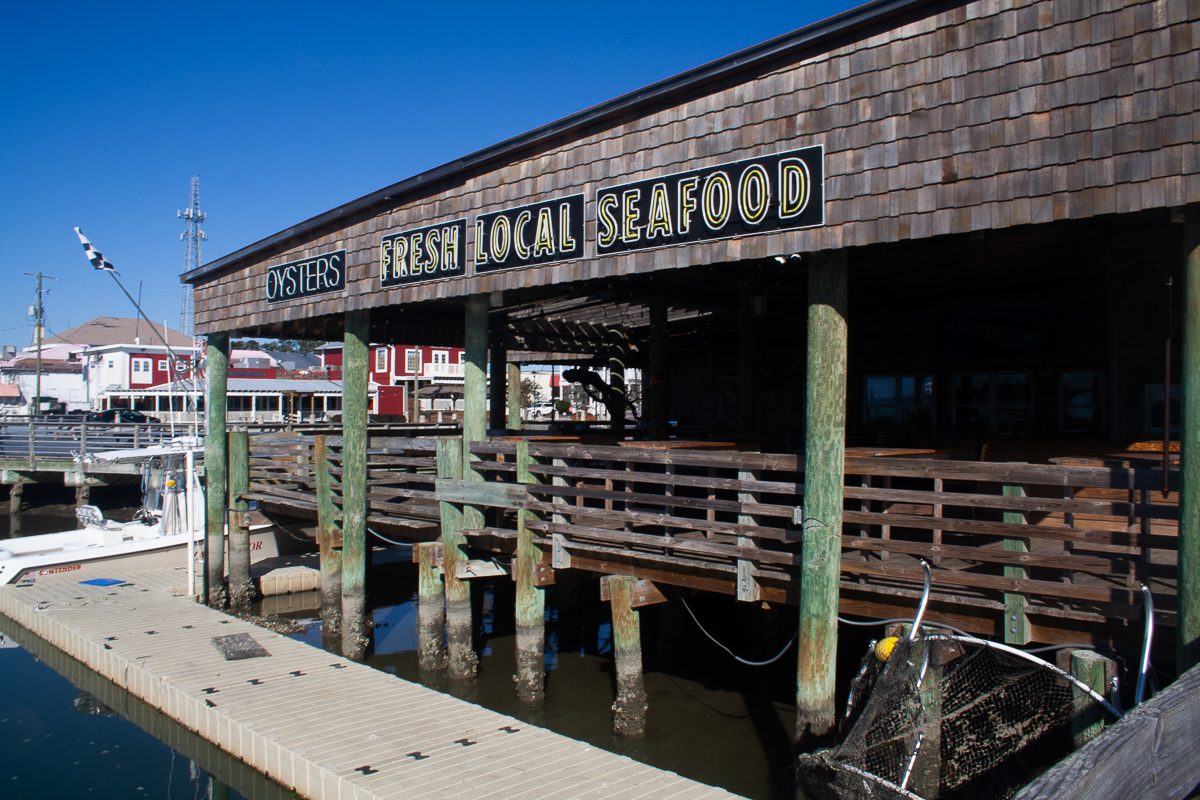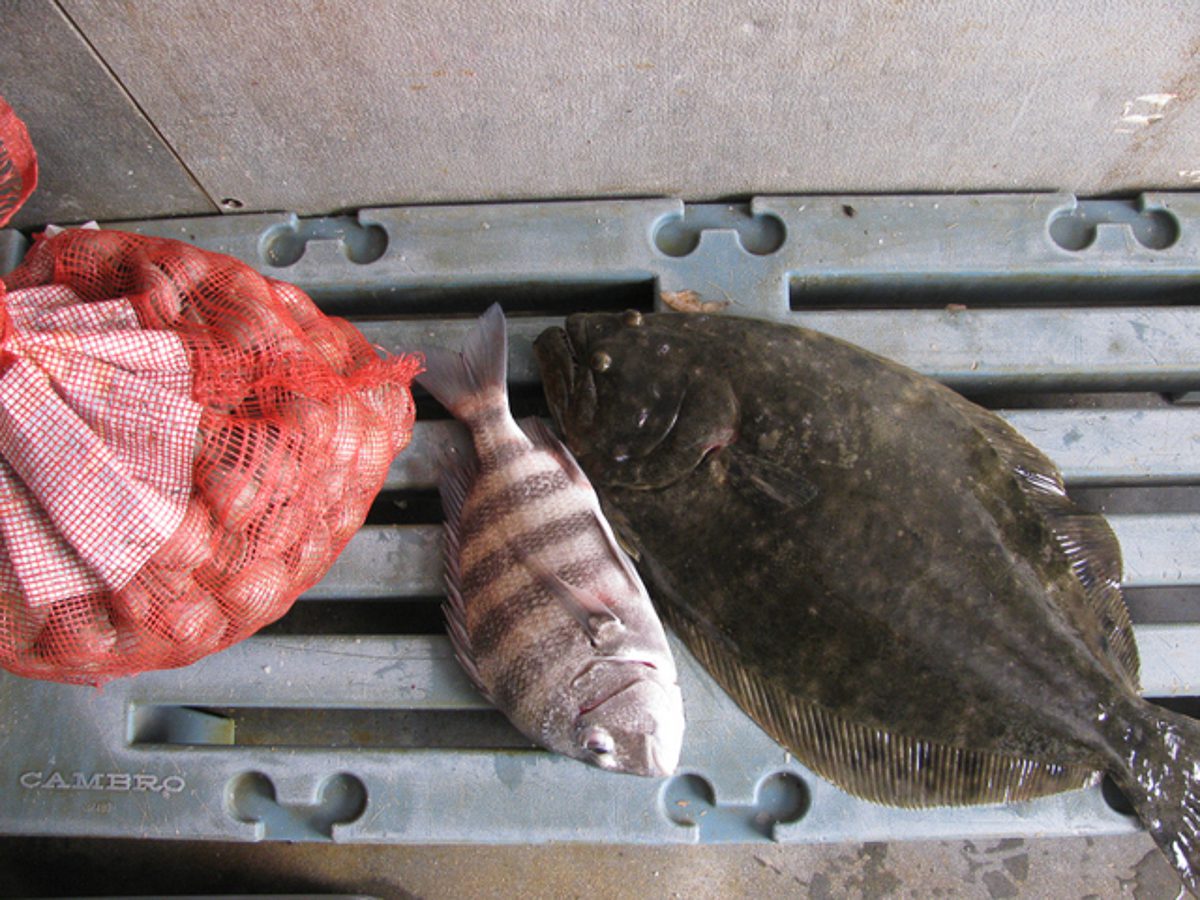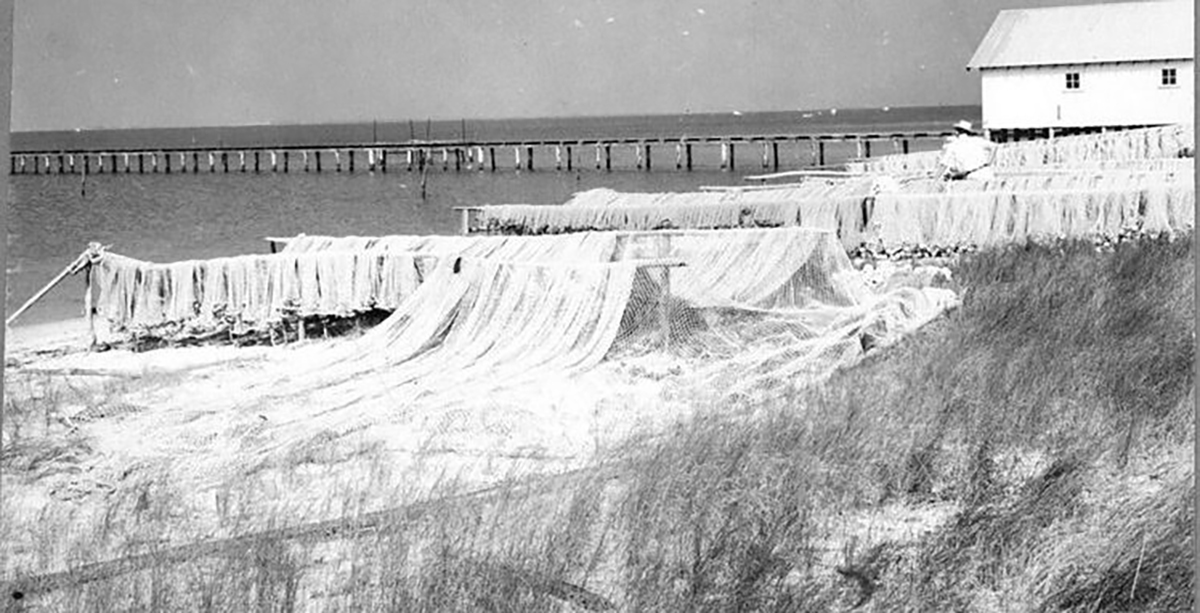
In an undergraduate classroom at the University of North Carolina Chapel Hill in 2017, a group of students sat in front of a plate of sushi from a local restaurant. But it wasn’t lunchtime — the students were attempting to quantify how common the mislabeling of red snapper was across North Carolina.
By analyzing the DNA from 43 fish samples they’d collected from seafood markets, grocery stores and restaurants across 10 counties, they found that a whopping 90.7% were mislabeled as red snapper. Most often, the substitutions were tilapia or vermillion snapper.
Supporter Spotlight
“It’s really hard to know where the mislabeling is happening, obviously, because a lot of seafood goes through a number of steps; it changes hands like five to seven times,” said Dr. John Bruno, instructor and creator of the class. “So it’s hard to know who’s doing it.”
Bruno was asked by the university to create an undergraduate course that gave first-year students real research experience. The idea was to engage students in science early on, and increase retention and diversity in STEM, or science, technology, engineering and math.
“They’re students that have never held a pipette. They’ve never asked a question, never developed a hypothesis,” Bruno said. “The idea was to develop a question that’s applied, that’s meaningful to them, that they can grasp, and then use that question to teach the basic research techniques.”
According to Bruno, mislabeling — essentially committing fraud — is rampant in the food industry. So diving into the mislabeling of local seafood was something Bruno felt the students could investigate.
Why is mislabeling so widespread? “I think there’s clearly a lack of enforcement and a lack of testing,” Bruno said.
Supporter Spotlight
Mislabeling rampant
Based on customer demand, certain fish can be sold for more than others. And this may tempt producers into mislabeling their fish when the desired product is out of season or low in availability.
“There’s obviously a big economic incentive to mislabel,” Bruno said.
Red snapper is a great example. It’s been overfished in the Gulf of Mexico and the southeastern Atlantic.
“So there’s very little of it available … yet the public demands it year round just because it’s something we’re familiar with,” Bruno said. “It’s not necessarily spectacularly better than other fish. It’s just culturally in demand.”
There are some fishing operations that allow you to buy seafood straight from the fishers who caught it. But often, seafood found in restaurants and grocery stores has a much longer chain of production. It’s easy for information to get changed along the way, but harder to pin down exactly where the deception is occurring.
In Bruno’s course, students went out to restaurants and grocery stores and collected samples of seafood. The students then extracted the DNA and amplified it using PCR, or polymerase chain reaction, a testing method also used for COVID-19. A commercial lab then did the sequencing. Once the students had the genetic code back from the lab, they used online tools to determine what they were looking at.
This isn’t the only evidence of the mislabeling trend. Two other in-state examples include shrimp sold in North Carolina that were mislabeled as “local” when they weren’t, and a corporate officer with a Pamlico County-based company that sold crab meat marked as a “Product of USA” when it was, in fact, imported, who was convicted two years ago.
In one of the published papers based on work in Bruno’s classes, the students found that in talking to people, many were not aware of the issue, but once it was brought to their attention, it concerned them.
“Once people realize that this mislabeling is there, I think they can pretty quickly get the sense for the impacts it might have on their health and their pocketbook, but also on the environment,” Bruno said.
People trying to make informed decisions about what they’re eating, both for their health and the environment, may be getting foiled by the issue of mislabeling. Though sometimes, said Bruno, a more sustainable species is being substituted for an unsustainable one. An example is again red snapper. Sometimes fish marketed as red snapper in grocery stores is actually tilapia, which is lower in the food web and therefore has less of an impact on the environment when it is farmed.
“I’d rather train people to just buy tilapia and be aware of what it is rather than paying red snapper prices for it,” Bruno said.

Choice experiment
By extension, creating more consumer demand for fish species that can be sustainably farmed or harvested has the power to direct the industry, and decrease the motivation for mislabeling.
Jane Harrison, coastal economics specialist for North Carolina Sea Grant, was one of the authors of a report detailing trends in consumer demand for North Carolina seafood.
The authors sought to find out how often respondents ate seafood at home and at restaurants, where they got it from, how interested consumers are in knowing where their seafood comes from, and how their perception of that seafood changes based on certain attributes such as product safety and environmental concerns.
Across 1,400 respondents, Harrison and her team conducted a “choice experiment,” wherein people are given several options for seafood from different countries and asked to make decisions.
The results indicated that North Carolina residents would prefer to buy state-sourced seafood over options from foreign countries and even over other states on the East Coast.
“Most of the time, people aren’t thinking about just one thing when they’re in the grocery store (or) in the restaurant,” said Harrison. “But certainly that local sourcing does have a significant impact on willingness to pay.”
North Carolinians want the money they spend on seafood to support the livelihoods of local commercial fishermen. The respondents valued the flavorful, healthy options from the local market, the local variety and safe handling practices.
“You think about any product, there’s really a series of attributes that are going to affect the price and people’s willingness to pay,” Harrison said. Adding, look at a car, for example. People will pay based on the gas mileage, the color, the make and model. “There’s a variety of attributes that affect your choice, just like seafood.”
That said, the most common factor that would sway respondents from buying local seafood was cost. State-sourced seafood tends to cost more, and that’s a deciding factor for many people.
This makes sense, but starts to fall apart if the fish you are buying is inappropriately labeled from the start. Even if all labels were accurate, there is no one labeling certification that addresses all aspects of environmental sustainability and social responsibility. That’s why some organizations advocate buyers move away from a labels-based approach toward a values-based approach. There are resources online for helping people bypass mislabeling issues and buy direct from fishermen, such as the Local Catch Seafood Finder and Carteret Catch.
The future of food
In a future where the seafood industry is socially sustainable, more direct communication and exchange between consumers and fishermen would likely help a lot. But the industry also has to be viable for those doing the fishing or cultivation.
North Carolina has long been a hot spot for oysters, and various government actions and research have supported this industry. The state joined the National Oceanic and Atmospheric Administration’s National Shellfish Initiative in 2018 with several goals, one being to create stable jobs. Scientists at all the major universities in the state contribute to research helping farmers grow oysters successfully. But making oyster cultivation an economically viable job is still a work in progress. This summer, changes made to the state’s Noninsured Crop Disaster Assistance Program, or NAP, can help oyster farmers in case of emergency.
The changes increase the payout per oyster in the event of a crisis like a mass mortality or a hurricane to more accurately reflect market value of the oyster, and the size that is in demand.
“It’s a step in the right direction,” said Chris Matteo, acting president of the North Carolina Shellfish Growers Association and owner of Chadwick Creek Oysters. “It underpins the industry more effectively.”
Matteo says that going forward, he’s hopeful that NAP payouts will more accurately reflect the market value, and could even be adjusted year to year. This would make the oyster cultivation industry more economically secure for farmers in the state.
The goal of USDA programs like NAP, and of these changes, said Matteo, is to make sure growers stay in business.
All of these things will be essential to creating a socially sustainable seafood industry for the future.
This semester, UNC’s John Bruno is co-teaching a new course entitled The Future of Food. There’s a lot, he said, that he wants to cover. No one is unaffected by food.
“It’s the basis of our family lives,” Bruno said. “It’s so important in our cultures, it defines so many cultures and religious practices, and our relationship with nature now is so much just defined by food.”
This is last in a series examining the role and sustainability of seafood in a healthy diet and is published in collaboration with North Carolina Health News.







